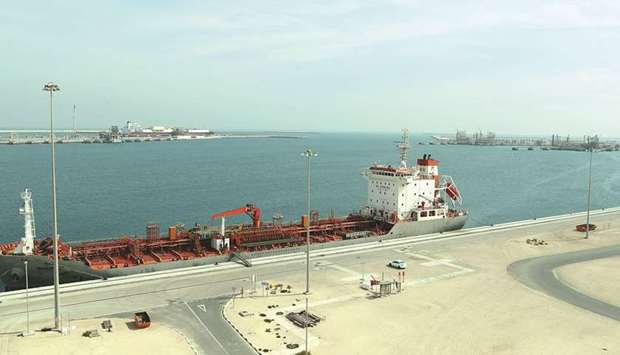In April last year, Qatar lifted a moratorium on the development of the North Field, the world’s largest non-associated gas reservoir. The moratorium had been in place since 2005 and its removal clears the way for an increase in production and export of liquefied natural gas (LNG).
In July 2017, Qatar announced a new development from the North Field would produce 23mn tonnes per year (tpy) by 2024; an increase of 30% from current total LNG production levels to about 100mn tonnes per year, thus cementing Qatar’s position as the leading LNG producer.
“The lifting of the moratorium might be motivated by the dynamics in the global LNG market over the next decade. The decision was taken after extensive studies to assess the North Field reservoir to better understand the field’s production potential. A wave of new LNG supply is expected up to 2020 but little confirmed new projects beyond then,” QNB said.
According to QNB, global LNG markets are expected to be oversupplied until 2022 with capacity utilisation expected to be in the range of 81%-88% on average between 2019 and 2022, but become undersupplied thereafter.
New LNG supply is expected up to 2020 mainly from the US and Australia, boosting global production by up to 96.5mn tpy or about 30% compared to the 2017 level.
However, around 2024, the market is expected to tighten with supply broadly flat as few new LNG projects (which take five to seven years to complete) have been given the green light since the sharp decline of prices in 2014.
At the same time, according Bloomberg New Energy Finance, global demand is expected to grow by a compound annual growth rate of about 5% over the period 2023-30 as domestic production in Europe and South East Asia declines, and the demand for clean energy in economies such as China gathers pace.
Nonetheless, there are a number of potential projects waiting on the side-lines. According to BNEF, some 362mn tpy additional capacity at the pre-FID (final investment decision) stage has some chance of coming online before 2030. Japan LNG spot import prices have risen from a low of $4 per million British thermal units (mbtu) in mid-2016 to an average of $10 for the first three months of 2018.
Qatar is the world’s lowest cost major producer of LNG, which could deter some entrants. Nonetheless, if prices continue to rise, it could increase the likelihood that producers can achieve agreements for long-term sales contracts at prices above the breakeven level for new projects, QNB noted.
“Hence, now is a good time for Qatar to step back into the market to deter new investments elsewhere given its comparative advantages,” QNB said.
First, Qatar already has existing infrastructure and LNG facilities that could help keep costs down. The total cost of new production is estimated to be $2-5 per mbtu, below the level at which other potential new projects are viable.
Second, as the world’s largest producer, Qatar already has the reputation for reliability and the relationships to agree long-term supply agreements with importers.

